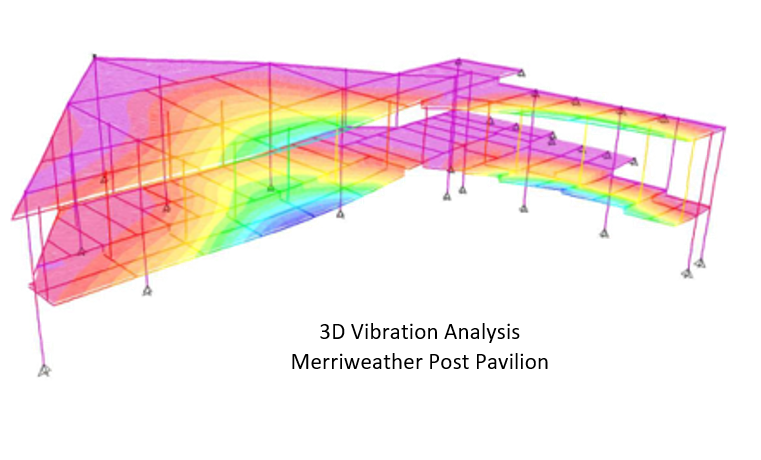Serviceability Design | October 22, 2021

Most people tend to associate structural engineering with primarily designing for the safety of a building or other structure. However, an equally important aspect to structural engineering is designing structures to so-called “serviceability” standards. Serviceability design of structures generally relates to building performance beyond those associated with life-safety. Examples of serviceability design are vibration, deflection, and durability. Serviceability “failures” represent an overwhelming majority of building issues and directly impact occupant comfort and maintenance costs. Serviceability issues can be very easy to overlook during design & detailing, are more complex to mitigate, and require a unified effort between the structural engineer and architect.
Essentially all building components are affected by serviceability design, but structural engineers must pay particular attention to:
– Floor system performance
– Expansion and other movement joints
– Material selection for exposed structure and harsh environmental conditions
– Structure interaction with non-structural building components, such as partitions, cladding, and waterproofing
Satisfying building code minimum standards will not alone address the proper serviceable design of a building. It is critical that the design team collaborate early in the project design to identify important serviceability design considerations for successful long-term building performance.
